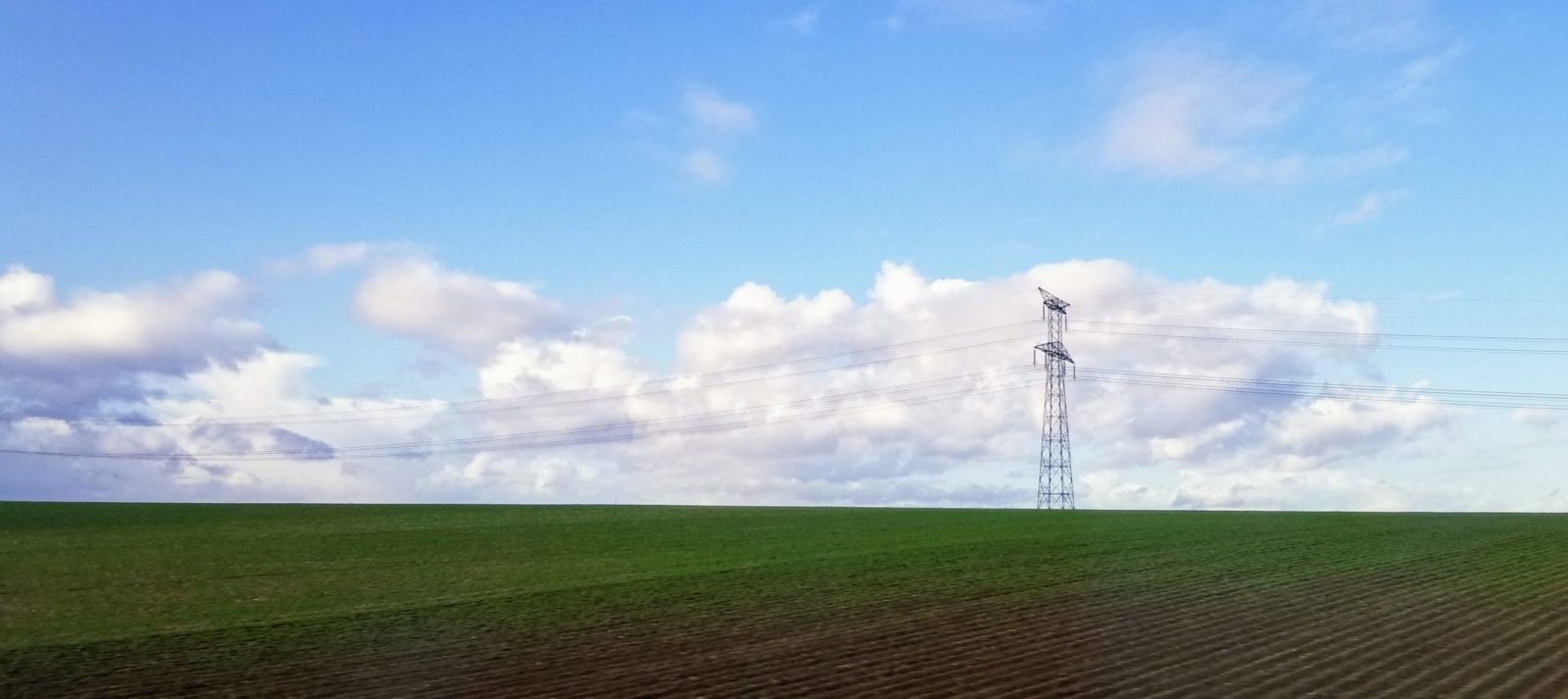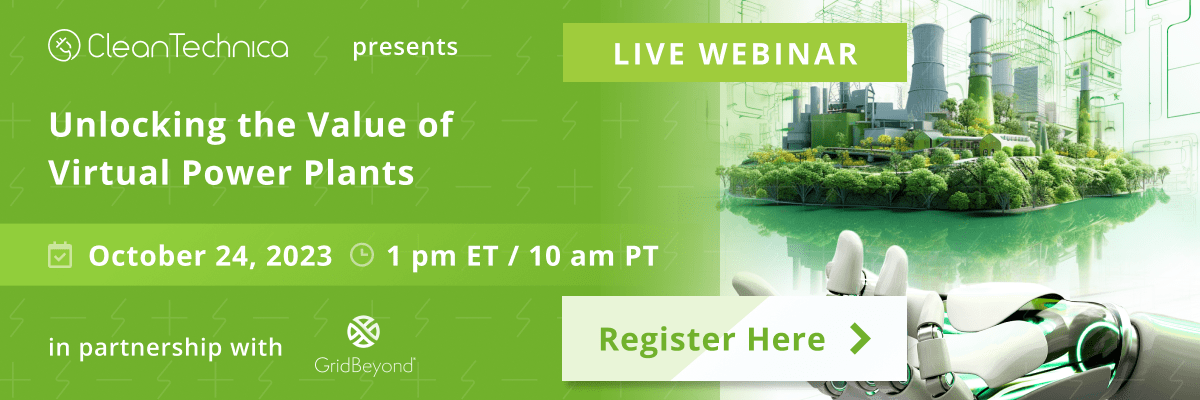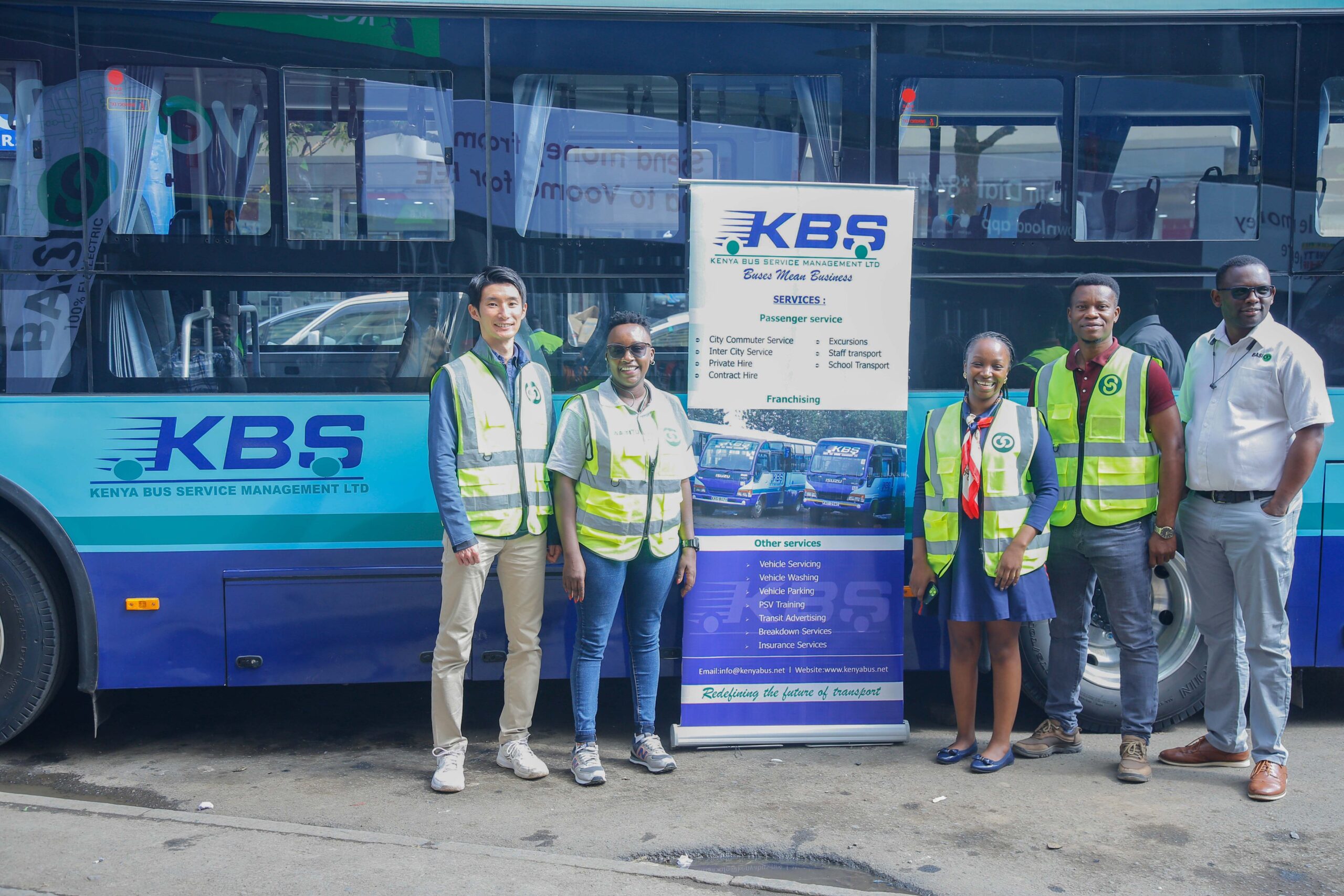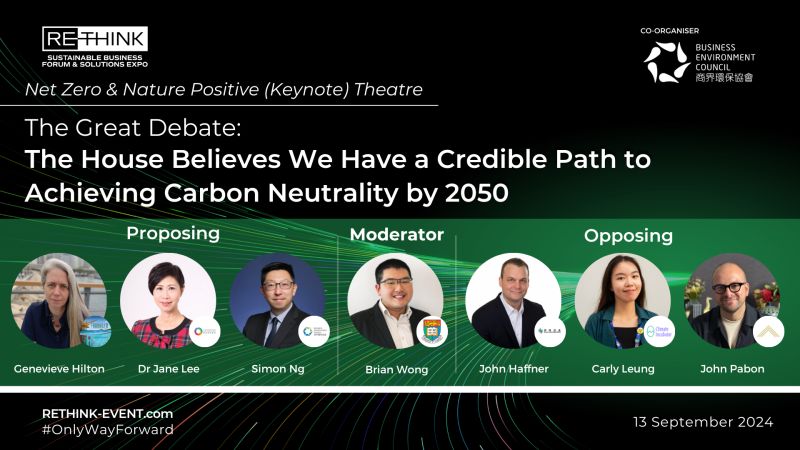Sign up for daily news updates from CleanTechnica on email. Or follow us on Google News!
The first alternating current electrical grid was installed in 1886 in Great Barrington, Massachusetts. At that time, the grid was a centralized unidirectional system of electric power transmission, electricity distribution, and demand-driven control. Originally, generating stations were located close to fossil fuel reserves — mines or wells — or near supply lines. Siting of hydroelectric dams in mountain areas also strongly influenced the structure of the emerging grid. Nuclear power plants were sited for the availability of cooling water.
Power from solar and wind resources has called into question the need for large, centralized power stations. The rapidly falling cost of electricity from renewables is leading to a major change from the centralized grid to one that is highly distributed, with power being both generated and consumed right at the limits of the grid.
In the US, there is not one electrical grid. Instead, there are four Regional Service Operators:
- ISO New England (ISO-NE, which is an RTO despite its name)
- Midcontinent Independent System Operator (MISO)
- PJM Interconnection in the Mid-Atlantic region
- Southwest Power Pool (SPP) covering Oklahoma, Kansas and parts of Arkansas, Missouri, Texas, and New Mexico
There are also three Independent System Operators that operate within the borders of a single state:
- California Independent System Operator (CAISO)
- New York Independent System Operator (NYISO)
- Electric Reliability Council of Texas (ERCOT)
In all, there are over 500 electricity generation and distribution companies involved in providing electrical power to residential and commercial users in the US. There is a hodgepodge of federal, regional, state, and local regulations that apply to those companies. Navigating the regulatory thicket can be a daunting — and time consuming — task.
Modernizing The Electrical Grid

Photo by Kyle Field, CleanTechnica
Transitioning to a 21st century grid with lots of renewables, including microgrids that operate within it, is a daunting task. In some cases, requests to connect to the grid are taking up to five years for approval. Which is why the Biden administration this week announced $3.46 billion in funding to upgrade America’s electric grid — the largest single investment in the US grid in history.
The money will come from the Bipartisan Infrastructure Law and will go to 58 different projects across 44 states. For a full list of the recipients, click here. President Biden has set a goal of creating a 100% carbon pollution-free power sector by 2035, which will help the US keep the carbon reduction commitments it made in Paris in 2015.
Stressed power grids need the money badly, both to prevent blackouts and to bring more clean energy online, according to The Verge. Weather disasters supercharged by climate change have already led to more power outages in the US. “Much of [the grid] was built nearly a century ago … We need it to be bigger, we need it to be stronger, we needed to be smarter,” Secretary of Energy Jennifer Granholm said in a call with reporters.
She emphasized that these investments in transmission grid expansion will make it possible for more than 35 gigawatts of renewable energy to come online by 2030, which equals a 10% boost in nationwide grid capacity. The money will help “harden the grid against extreme weather so we can limit outages and restore power more quickly when disaster strikes.” The funds will also make it possible to deploy “cutting edge satellite monitoring systems to identify and address threats like wildfires.”
Building The Electrical Grid Of The Future
Canary Media reports that Granholm acknowledged the US power grid — which has more than 5.7 million miles of transmission and distribution lines and more than 55,000 substations — “is not equipped to handle all the new demand. We do need it to be bigger, we need it to be stronger, we need it to be smarter to bring all of these new projects online and to meet the president’s goal of 100 percent clean electricity by 2035.”
That assessment is matched by a roster of studies that have identified significant gaps between the current grid and what’s needed to achieve a carbon-free electricity system. It’s also highlighted by real world challenges that a lack of sufficient grid infrastructure is causing for clean energy developers, electric vehicle charging installations, data centers and other large scale electricity projects, many of which are facing delays of several years before they get connected.
The funding announced by the Biden administration this week is a “monumental investment in grid modernization in our generation, full stop,” said Jeannie Salo, vice president of government relations at Schneider Electric, a global electric equipment manufacturer. “There’s a huge effort being placed on building out transmission and distribution,” Salo added. “This has to go hand in hand with intentional deployment of technology” to enable what she described as “a smarter and digitized grid.”
“We are glad that DOE will soon begin talking about what was funded so far, but we need more opportunities to share experiences and best practices across utilities and grid operators. We need more rapid scaling and investments in technology to truly modernize the grid,” she said.
The Justice40 Initiative
Each project is subject to the Biden administration’s Justice40 Initiative which requires 40% of the benefits from federal investments go to communities “marginalized, underserved, and overburdened by pollution.” The Biden administration also says the projects selected will provide “good-paying union jobs.” 86% of the projects selected “either contain labor union partnerships or will involve collective bargaining agreements,” according to the DOE. The International Brotherhood of Electrical Workers (IBEW) has partnerships with three out of four projects in this round of funding.
The funding announced today is just one part of $10.5 billion in federal funds earmarked for projects to help power grids better withstand worsening climate disasters through the DOE’s Grid Resilience and Innovation Partnerships (GRIP) Program.
Also this week, the International Energy Agency released a report claiming the grid infrastructure for the entire world will need to be rebuilt by 2040 in order to handle the influx of renewable energy and the challenges of stronger storms and wildfires attributable to a hotter planet. Investment in power grids globally has been stagnant for the past decade the report said and needs to double to more than $600 billion a year by the end of this decade.
The Takeaway
We here at CleanTechnica love to tell readers about the latest advances in solar and wind technology, but we are often blissfully unaware of what it takes to get all those new energy sources connected and distributed to the people and businesses who need that clean energy.
One could make an analogy to the Interstate Highway System that began during the second Eisenhower administration. Did it cost a lot of money? Yes, it did. But it created the transportation system America needed to thrive in the post-war era. The economic benefits repaid the original investment many times over. The same can be said for improvements to the energy grid today. Will they cost a lot of money? Most definitely, but they will also enable a thriving economy reliant on renewable energy.
Investments are not expenses. They come with rewards that can repay the amount of money involved by a factor of 2 to 10 times. A nation that does not invest in the future is destined to fail while a nation that does invest in the future will be positioned to ride out the challenges and profit handsomely from the economic opportunities that tomorrow will bring.
In 2020, Joe Biden promised to work just as hard for the people who didn’t vote for him as he did for the people who did. Investments like this one in America’s electrical grid are proof that he is keeping his promise to all Americans.
Have a tip for CleanTechnica? Want to advertise? Want to suggest a guest for our CleanTech Talk podcast? Contact us here.
EV Obsession Daily!
I don’t like paywalls. You don’t like paywalls. Who likes paywalls? Here at CleanTechnica, we implemented a limited paywall for a while, but it always felt wrong — and it was always tough to decide what we should put behind there. In theory, your most exclusive and best content goes behind a paywall. But then fewer people read it!! So, we’ve decided to completely nix paywalls here at CleanTechnica. But…
Thank you!
Tesla Sales in 2023, 2024, and 2030
CleanTechnica uses affiliate links. See our policy here.





